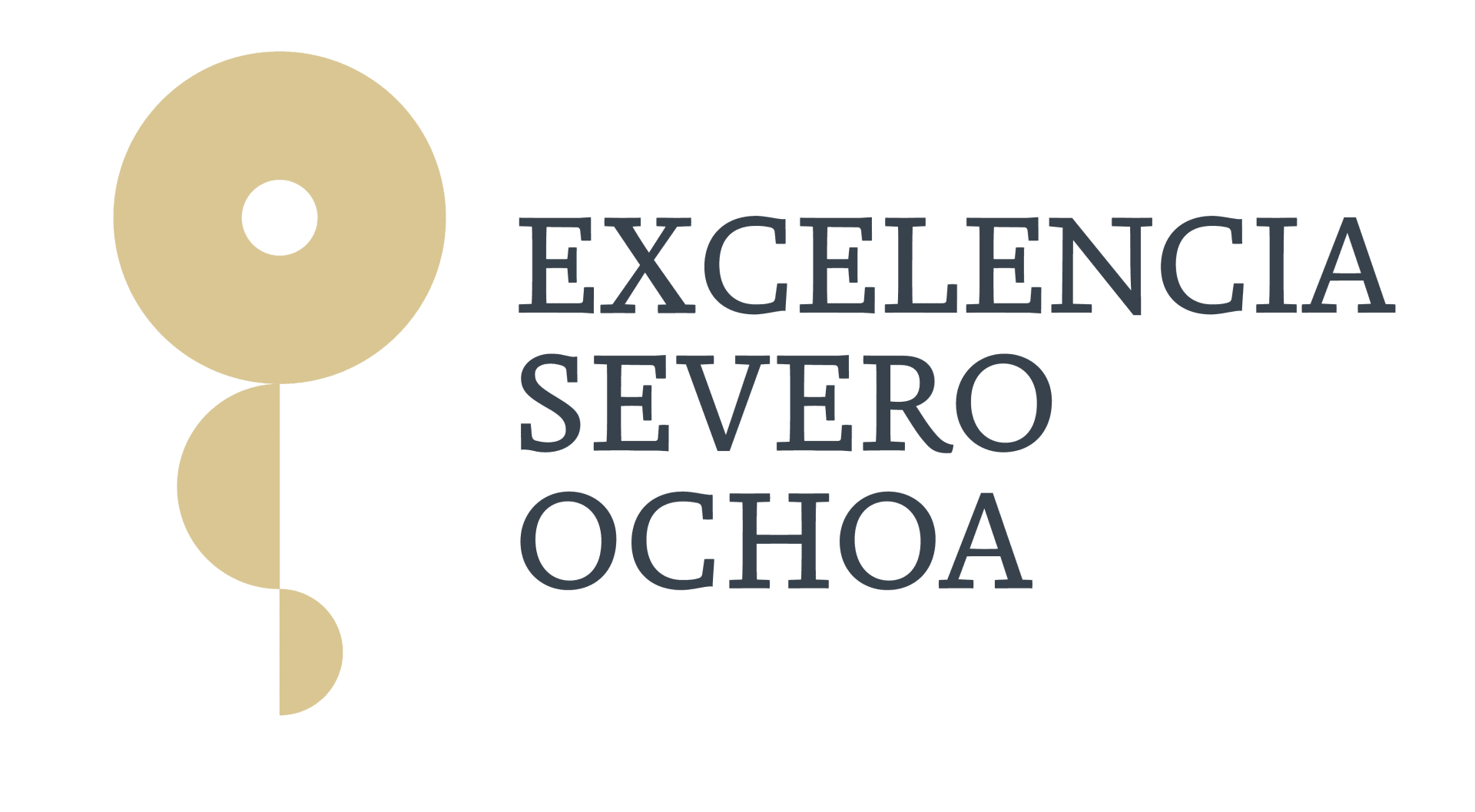Catalytic asymmetric C–C cross-couplings enabled by photoexcitation
Enantioselective catalytic processes are promoted by chiral catalysts that can execute a specific mode of catalytic reactivity, channeling the chemical reaction through a certain mechanistic pathway. Here, we show how by simply using visible light we can divert the established ionic reactivity of a chiral allyl–iridium(III) complex to switch on completely new catalytic functions, enabling mechanistically unrelated radical-based enantioselective pathways. Photoexcitation provides the chiral organometallic intermediate with the ability to activate substrates via an electron-transfer manifold. This redox event unlocks an otherwise inaccessible cross-coupling mechanism, since the resulting iridium(II) centre can intercept the generated radicals and undergo a reductive elimination to forge a stereogenic centre with high stereoselectivity. This photochemical strategy enables difficult-to-realize enantioselective alkyl–alkyl cross-coupling reactions between allylic alcohols and readily available radical precursors, which are not achievable under thermal activation.

Crisenza, G. E. M.; Faraone, A.; Gandolfo, E.; Mazzarella, D.; Melchiorre, P.
Nat. Chem. 2021, 13, 575–580
DOI:
10.1038/s41557-021-00683-5

Let's create a brighter future
Join our team to work with renowned researchers, tackle groundbreaking
projects and contribute to meaningful scientific advancements




















